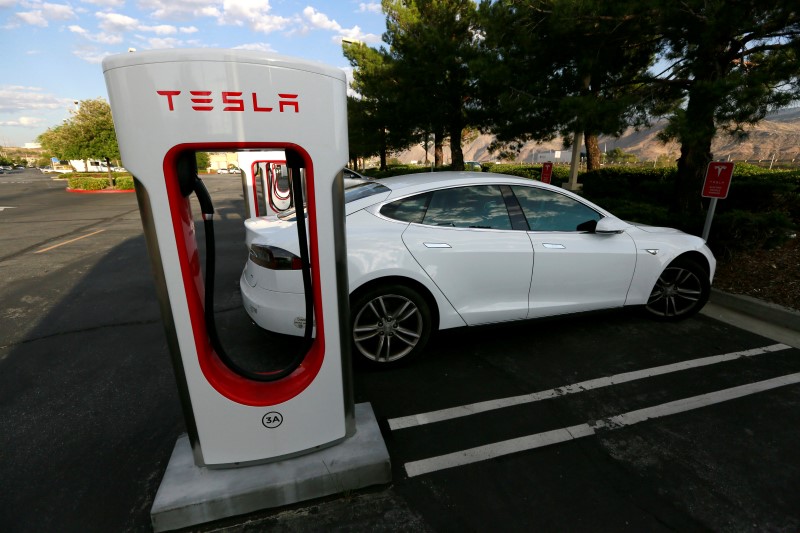This post was originally published on this site
https://i-invdn-com.investing.com/news/LYNXNPEC602TQ_M.jpg
Tesla, Inc. (NASDAQ:TSLA) featured their newest Optimus prototype at the company’s AI day on September 30th. Two models were shown of the humanoid robot, a walking prototype “Bumble-C” for internal development, and a near-production version, which is intended for commercial release in the future.
Bernstein analysts gave his first impression of the Optimus in a note, writing, “Optimus could not yet walk and had to be carried onto the stage. But from an engineering perspective, Bumble-C is much more sophisticated than humanoid toys. An internal development platform, it walked, waved hands, and pumped its arms to show a slow-moving dance. It was notable that Bumble-C’s torso, hip, and thighs moved along with the waving arms to keep balance, indicating coordinated multi-joint control. This is similar to Honda Asimo 2011 model. By contrast, in humanoid toys, including the one recently released by Xiaomi (not covered), body parts are apparently decoupled and controlled independently, significantly limiting their movements. In videos (but not live), Bumble-C also demonstrated basic vision-guided pick-and-place tasks.”
As impressive as the demonstration was, the analysts still questions “why humanoid,” when 90-95% of mobile industrial functions are best achieved with AGV and robot arms, and most of the remaining mobile functions are best achieved by “robot dogs.” Bernstein can only assume scalable humanoid applications in non-industrial settings such as households, hospitality, and healthcare. Bernstein is also questioning the robots price point. Tesla has set the target price for Optimus at below $20k. Considering the price point for similar models, Bernstein believes that, at he current price point, either volume or functionality will suffer.
Shares of TSLA are down 1.48% in pre-market trading Thursday.

